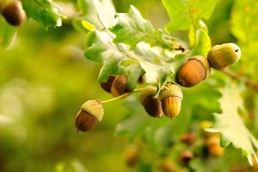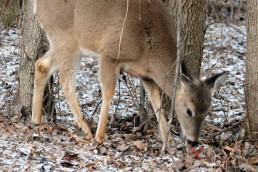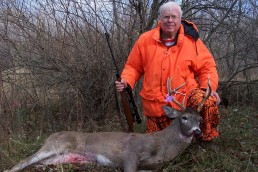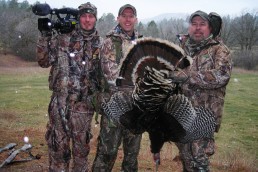Early-Season Whitetails: Hunting Their Stomachs
SHARE THIS POST
In the Mid-South, we are well into archery season for America’s most-pursued big game animal, the white-tailed deer. Most states enjoy a long archery season—sometimes nearly two months. However, bowhunting these early-season deer is a different game than during the more traditional gun hunting seasons, as the rut had not started yet. So, how do you effectively hunt early-season whitetails? Well, you must understand what drives a deer in the early season—and that would be their stomachs.
The first step is to determine what the deer are eating. Food sources will change two to three times before the rut. So, early-season bowhunters must not only understand the local food sources but be able to pivot both strategies and stand locations to see success.
Agricultural crops
In late September and early October, deer are generally keyed in on agricultural crops. Deer travel from bedding areas to feeding and watering areas with a surprising amount of predictability. Once you determine the travel corridors, a good ambush point is not hard to set up.
This time of the season, hunting defined edges is very productive. Deer will use edges, think fence rows, tree lines, and ditches that have not been cleaned out, to get from the bedding area to the crop fields. These travel corridors offer a modicum of safety while moving between feeding areas. Even a hard line of trees will become a travel corridor if it offers concealment and an easy get away for the deer.
In late September, bean fields are high-value areas. A week or two later, we see a defined move to cornfields; this should continue for a two- to three-week period. Once harvest season gets into full swing, deer start to feed later, especially in crop fields adjacent to more urban settings. This should continue until the crops are harvested.
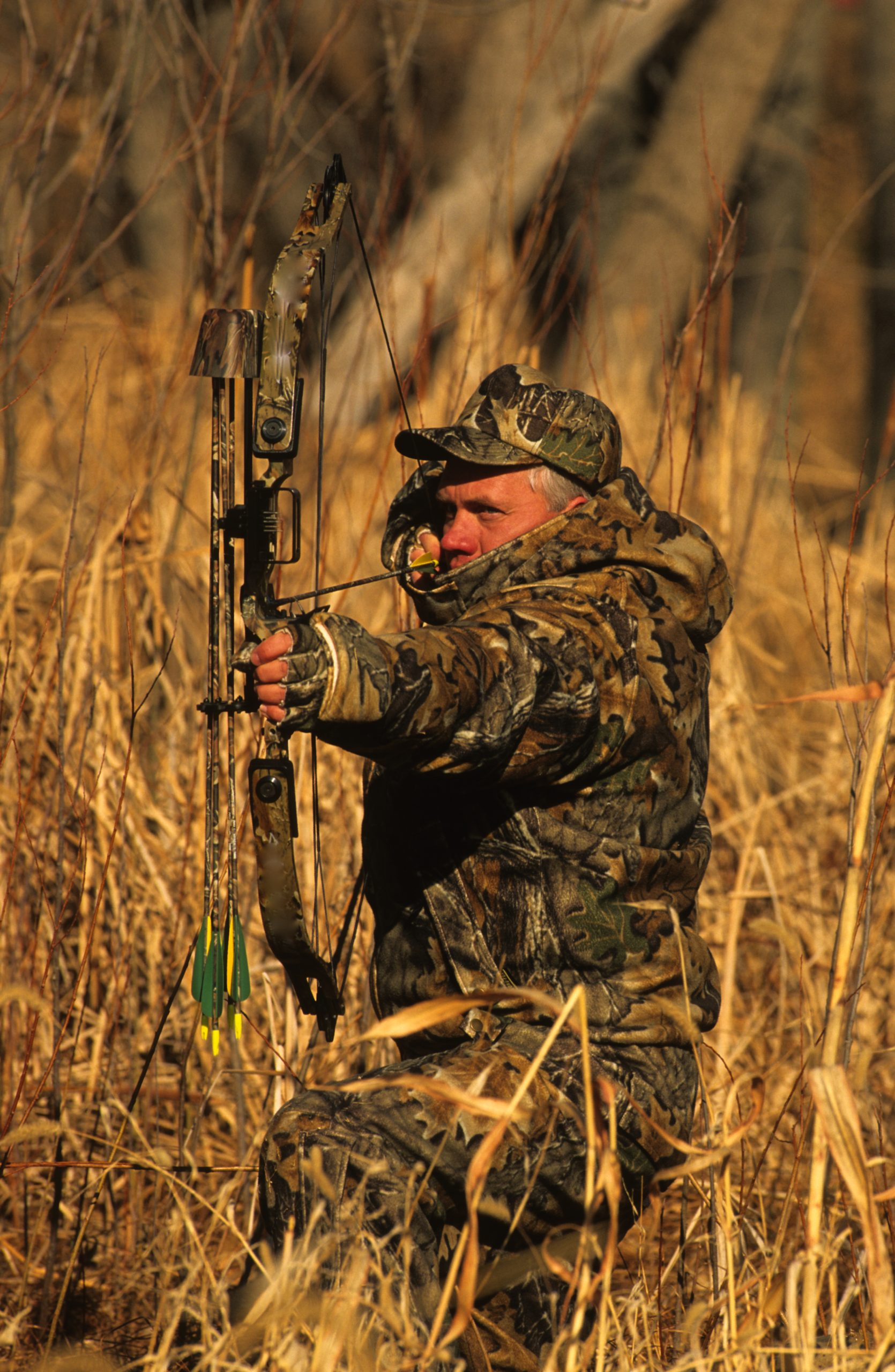
Acorns: the porterhouse of food sources
I shoot a Wednesday night indoor archery league all year to stay sharp. Late October last season, I overheard a young gentleman say, “I lost all my deer and have not seen anything in a week.” He was depressed and thought that someone was baiting on an adjacent property and had pulled all “his” deer away.
The reality was that the food pattern had simply shifted from agricultural crops to acorns and persimmons. To be a successful early season, you must understand that when acorns start falling, the diet of a whitetail will shift from crops to acorns, and persimmons if your area has them. If acorns are a steak to a deer, then persimmons are a fabulous dessert. Having a stand near woods with plenty of oak trees is paramount to continued success prior to the rut.
Are you enjoying this post?
You can be among the first to get the latest info on where to go, what to use and how to use it!
During mid-season, I tend to move from my ladder stands on edges and travel corridors to a more mobile setup. A climbing treestand puts you in the acorn hunting game. As the different species of acorns begin to fall, deer move around woodlots to feed. An entire article can be dedicated to the different acorn species in the Mid-South, but the holy grail of acorns are white oaks. Once those start hitting the forest floor, it’s time to use a climbing stand and stay close to those trees. This is where you will find deer through the rut. They will gorge themselves on the high-protein acorns until the breeding instinct kicks in.
Bowhunting during the acorn phase of the fall can be a challenge because different acorns fall at different times. Normally, Chinquapin oaks start falling first in middle to late September. These start pulling deer from agricultural fields to the woods. In late September/early October, white oaks will begin to fall; at this point, you will see deer make the big move to the woods. After that, red oaks start falling in late October. All the red pack species are high in tannins, making them bitter and less desirable. Historically, deer won’t shift to red oaks until the white oaks are gone. There is a theory that red oaks must set through some rains so that the water can leach the bitterness out of them before they are a preferred food source.
Mid-season success for bowhunters can hinge upon their ability to stay mobile. Being able to move between stands of different oak trees is the difference between seeing deer and being close enough to harvest a deer. You may have to move as little as 50 feet or as much as a hundred yards to make an effective archery shot. Remember, not all trees drop at the same time, so one oak tree may be dropping acorns whereas another is not ready yet; hence the ability to move a stand location is crucial when hunting hardwoods. This is also key in years with excessive rain. Acorns are subject to rot and mold, as is any food in a high-humidity environment. At times, a certain group of trees may have acorns that rot before they fall and deer won’t key on them.
Persimmons: The fanciest dessert in the South
While all the acorn madness is in full swing, another food source is just waiting to mature, and at times causes a need to move your stand for the short term. That is the sweet fruit of the persimmon tree. Once persimmons start hitting the forest floor, they become a primary food source—only for a short time—but they are the one tree I want to know the exact locations of. In the Mid-South, this delicacy matures around mid-October and starts falling shortly after. A good first frost will accelerate this process.
If there was ever a place I want a stand, it’s near a persimmon tree that’s dropping fruit. Many bowhunters never see the fruit as it’s consumed as fast as it can fall. This makes a persimmon tree that’s producing fruit a very-high-value, and unfortunately short-lived, key food source for bowhunters.
One more thing on persimmons: All fruit is not created equal. Look for large orange fruit that is soft because it’s a ripe and tasty fruit. Unripe fruit is like an acorn, high in tannin and very bitter. Unripe fruit will appear yellow and be very firm.
Success means hunting a deer’s diet
To have constant and repeatable success in the early season, prudent bowhunters must have a keen understanding of their local food sources. Crops, acorns, and persimmons are the things that cause deer movement to suddenly change. A hunter’s ability to move with these changes will, in most years, determine their level of success.
Hunt smart, safe, and always wear a safety harness!
Troy Basso is a freelance outdoor writer, photographer, podcast host and fishing guide from Tennessee. He may be reached though his website at troybassooutdoors.com.
MWO
SHARE THIS POST
Did you enjoy this post?
You can be among the first to get the latest info on where to go, what to use and how to use it!
Troy Basso
Troy Basso is a freelance outdoor writer and photographer from Tennessee. He may be reached though his website at troybassooutdoors.com.
